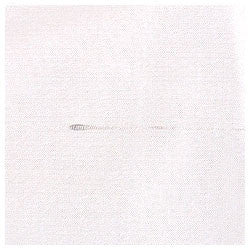WHAT IS SILK DUPIONI?
Dupioni silk (meaning “double”) is a natural textured silk woven from a double strand of silk yarn in a plain weave pattern. It is usually reeled and used to make fine or heavy yarns with irregular slubs at random intervals, which should not be considered flaws. The horizontal lumps, bundles of threads, and dark fibers, called slubs, add texture and visual interest to the fabric. These will be present throughout any silk dupioni item and are not mistakes or “damage” to the fabric.
Below are some examples of the different types of irregular patterns you will find in Silk Dupioni:


THE HISTORY OF SILK
Silk cultivation is called “sericulture” from the Latin word sericum, which means “cultivation of silk.” The Chinese were the first to develop silk and reel it from the cocoon, starting in about 2640 B.C. The most common legend credits silk discovery to a Chinese empress, who accidentally dropped a cocoon into hot water, causing it to unravel. For almost 3,000 years, China maintained a monopoly on the luxurious fiber, but their carefully guarded secret eventually leaked to Japan and India.
Silk cultivation was introduced to the West in about 552 A.D. when two monks smuggled silkworms into Constantinople. From there, the silk industry spread to Italy, Spain, and the rest of Europe, providing a financial base for the Renaissance from about 1400 to the mid 1800s.
The British were not successful at breeding silkworms, so they tried to establish sericulture in the American colonies. By 1838, the American silk industry appeared to have a bright future, but it collapsed a year later. The industry declined in Europe as well, and today, the main sources of silk are the original three that began it: China, Japan, and India.
This lack of success by other countries is not surprising. Silk cultivation is a difficult process, one that requires the right environment and a great deal of time and effort.



